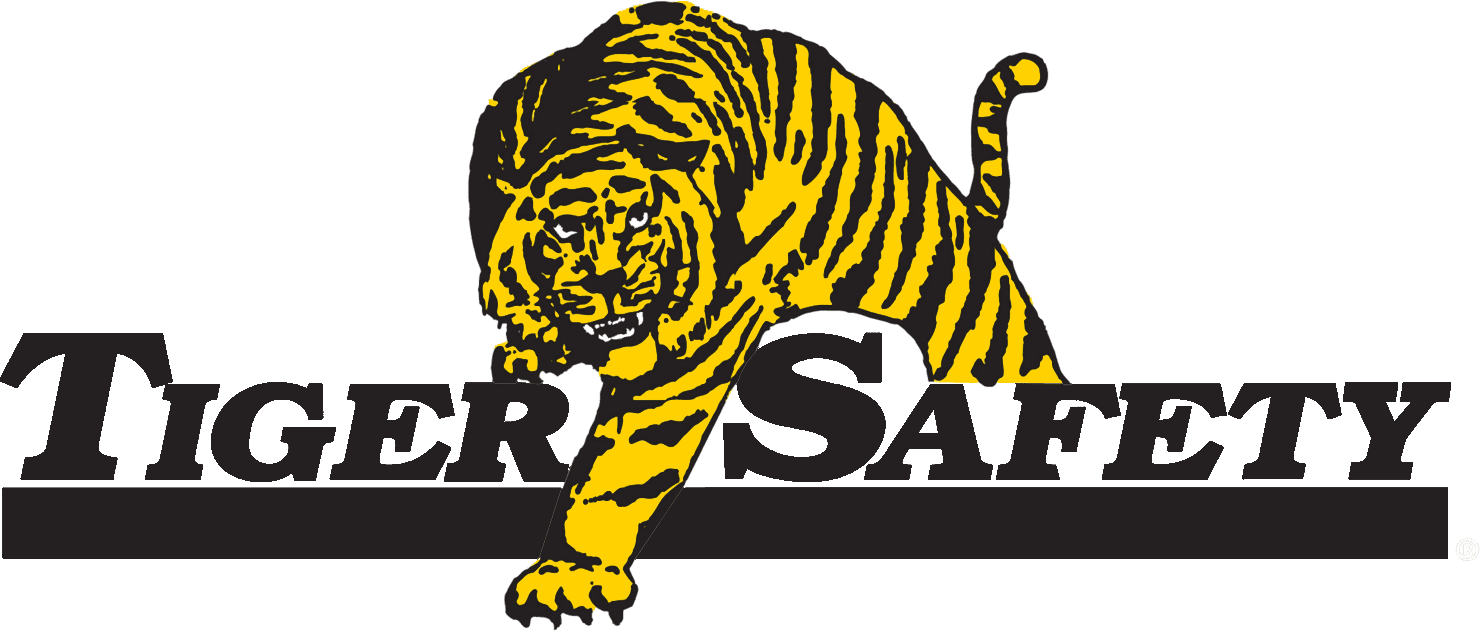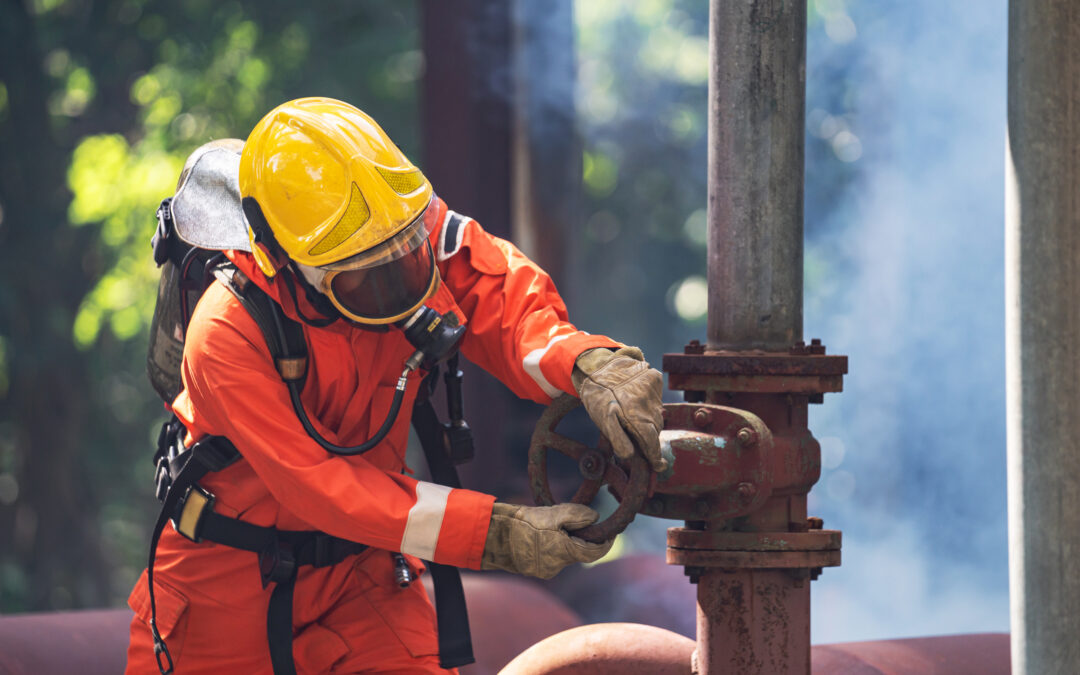The oil and gas industry is inherently susceptible to the risk of fires and explosions due to the presence of flammable materials and high-pressure operations. Ensuring fire safety and prevention is crucial for maintaining a safe working environment, protecting both the workforce and the surrounding community. Tiger Safety Rentals, a provider of specialized safety services and equipment for onshore and offshore oil and gas companies globally, is committed to assisting your organization in developing and implementing effective fire safety and prevention measures.
In order to minimize fire risks in oil and gas operations, companies must prioritize a comprehensive approach to fire safety and prevention. This includes conducting regular risk assessments, implementing safe work practices, providing robust training programs, ensuring proper equipment maintenance, and remaining compliant with relevant regulations and industry standards.
Fire safety precautions extend beyond the installation of fire extinguishers and alarms. A proactive strategy for fire safety in the oil and gas industry involves a thorough understanding of the hazards involved, effective communication, and exemplary preparedness in the event of a fire.
In this article, we will explore the key elements of implementing a fire safety and prevention program in oil and gas operations, focusing on risk assessments, effective prevention techniques, employee training, necessary equipment, and compliance with regulations. With the support of Tiger Safety Rentals, your company can establish best-in-class fire safety measures to protect your workforce and assets, ensuring the long-term success of your operations.
Risk Assessment and Hazard Identification
1. Identifying and Evaluating Fire Hazards
Conduct regular risk assessments of your worksite to pinpoint potential fire and explosion hazards. These may include equipment malfunctions, leaks of flammable materials, ignition sources (such as static electricity or open flames), and human error. Regular inspections and maintenance can reduce the risk of fires caused by malfunctioning equipment, while employee training can help prevent fires resulting from human error.
2. Process Safety Management (PSM)
Implement a robust PSM program to manage, monitor, and control the hazards associated with complex oil and gas processes. PSM is essential for preventing fires and explosions in facilities where large quantities of hazardous substances are handled, stored, or processed.
Preventative Measures and Safe Work Practices
1. Engineering Controls
Install engineering controls, such as ventilation and emergency shutdown systems, that are designed to prevent fires and explosions from occurring. Properly designed and maintained control systems can help minimize the risk of equipment failure, leaks, or chemical reactions that could lead to fires.
2. Fire Protection Systems
Equip your facility with adequate fire protection systems, including fire sprinklers, smoke detectors, and fire alarms. Ensure these systems are regularly inspected, tested, and maintained to maintain their efficacy in the event of a fire.
Employee Training and Emergency Preparedness
1. Fire Safety Training
Provide thorough fire safety training for all employees, including information on the proper use of fire protection equipment, evacuation procedures, and the handling of flammable materials. Ongoing training and refresher courses can help to ensure that employees remain knowledgeable and confident in responding to a fire emergency.
2. Emergency Response Plans
Develop and implement a comprehensive emergency response plan that includes clear communication protocols, evacuation routes, and designated assembly areas. Regularly review and update your emergency response plan and conduct periodic drills to ensure that employees are familiar with the steps to take in case of a fire.
Fire Protection Equipment and Maintenance
1. Selection and Maintenance of Fire Protection Equipment
Equip your facility with the appropriate fire protection equipment, such as fire extinguishers, fire blankets, and fire hoses, to enable employees to react quickly and effectively in the event of a fire. In addition, maintain a regular schedule for the inspection and maintenance of your fire protection equipment to ensure it remains effective and compliant with regulations.
2. Passive Fire Protection (PFP)
Incorporate passive fire protection measures, such as fire-resistant construction materials, firewalls, and compartmentalization, to minimize the spread of fire and smoke throughout your facility.
Regulations and Compliance
1. Adherence to Fire Safety Regulations
Comply with all relevant local, national, and international fire safety regulations and standards, including guidelines from organizations such as the National Fire Protection Association (NFPA), the American Petroleum Institute (API), and regulatory bodies like the Occupational Safety and Health Administration (OSHA).
2. Continuous Improvement
Continuously review and update your fire safety program, policies, and procedures to stay current with industry best practices, new technology, and regulatory changes. Foster a culture of continuous improvement, encouraging employee feedback and suggestions for enhancing fire safety measures within your organization.
Conclusion
By implementing a comprehensive fire safety and prevention program in your oil and gas operations, you significantly reduce the risk of costly and potentially disastrous fires and explosions. By prioritizing risk assessment, preventative measures, employee training, and compliance, your organization can maintain a safe working environment and safeguard your workforce, facilities, and the surrounding community. Tiger Safety Rentals, a trusted provider of specialized safety services and equipment for the oil and gas industry, is your partner in establishing and maintaining an effective fire safety program tailored to your unique operational needs.

